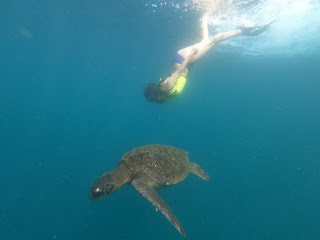For the past six years we have been working to produce the first conservation biology textbook dedicated entirely to an African audience. The need for this work is urgent as Africa is rapidly losing its natural heritage; without action, there is a real chance that the world’s children may never have the opportunity to see gorillas, cheetahs, or elephants in the wild.
The book contains hundreds of photographs from Africa, such as this cheetah family. Photograph by Markus Lilje.
To facilitate capacity building, we aimed to write a comprehensive textbook, designed for conservation biology courses across Sub-Saharan Africa, and as a supplemental text for related courses in ecology, environmental sciences, and wildlife management.
To help in its teaching mission, the book provides numerous examples of conservation in action, such as this biologist from Guinea instructing citizen scientists on wildlife monitoring. Photograph by Guinea Ecology.
But how could we reach our target audience, even in the most isolated corners of Sub-Saharan Africa? Most African students would also not be able to buy this substantial textbook with hundreds of color photos and with hundreds of local examples. For this reason, we decided to publish the book online under an Open Access license, which guarantees free access to anyone who wants to use the work.
Book cover image by Anna Gatti
The textbook, eventually published by Open Book Publishers, has already been viewed over 7,000 times within six months of publication. This remarkable reach could only have been achieved through Open Access publishing.
This a short version of an article published by Open Book Publishers as part of their 2020 Open Book Week.








